Director Park Chan-wook is one of South Korea’s best known directors. Since his breakout with the nihilistic Oldboy in 2004 which netted the Grand Prix at the 2004 Cannes Film Festival, director Park has also become the face of Korean cinema in the international scene. His work is noted for its technical brilliance and unique style, but is also polarising for its extremity of violence. Critics have also accused his films of being misogynistic due to the treatment of his female characters, which is not completely unfounded looking at his first few features, and especially in his breakout Oldboy.
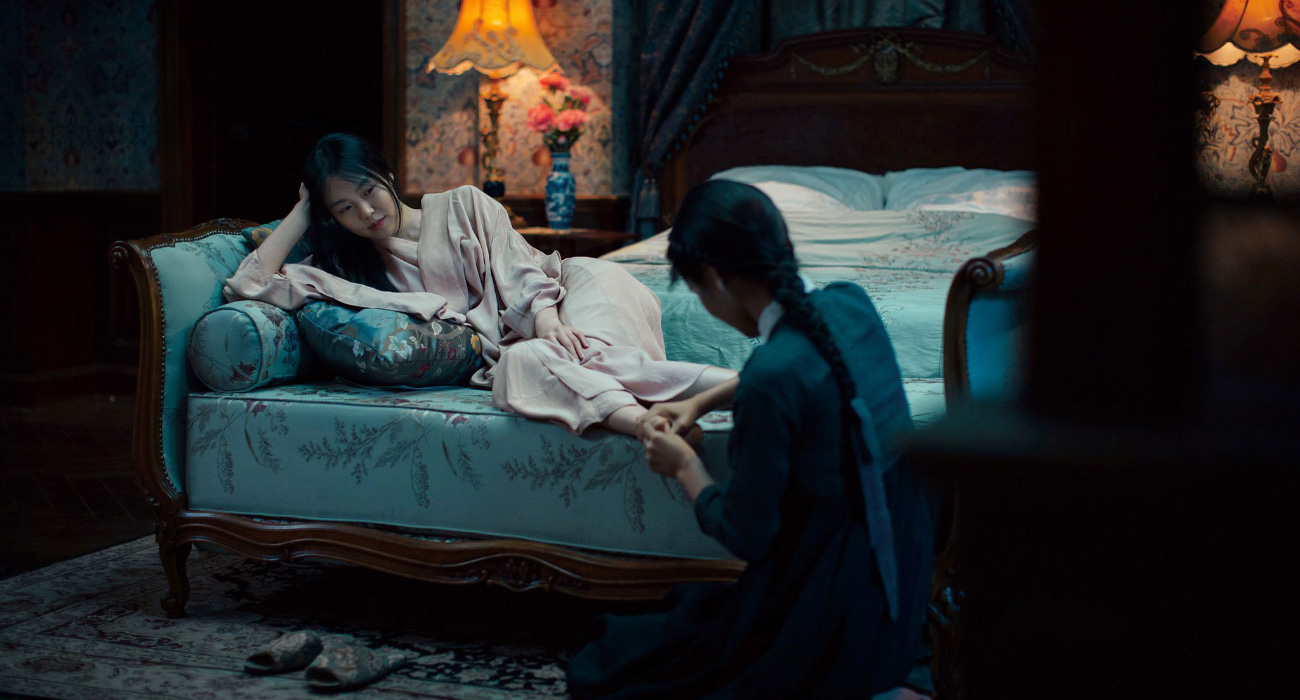
His latest film, Agasshi (literally translated: “Lady”) known to international audiences as The Handmaiden, debuted at Cannes in May to huge buzz, especially with the story focusing on not only two women, but also their love story— the kind of subject matter that’s still very much taboo in the media, much less conservative Asian society.
The turning point for Park’s female characters came with the concluding chapter of the Vengeance Trilogy, Sympathy for Lady Vengeance (2004). Post Lady Vengeance, Park’s work has become more inclusive with regards to his female characters. By allowing himself to write messy, angry, funny, violent, and vulnerable female roles, his characters have evolved in terms of complexity and his work has matured as a result of that.
Sympathy for Lady Vengeance

Instead of commentary on toxic masculinity found in the first two instalments of The Vengeance Trilogy, Lady Vengeance shifts its main focus to the position and expectations of women in contemporary South Korean society. Lady Vengeance showcases director Park’s penchant for black humour to its full effect but it is with this film that Park also creates one of cinema’s most memorable female characters in Lee Geum-ja, played by Lee Young-ae, and surrounds that character with an ensemble of supporting female characters.
Lady Vengeance is subversive from the start. From the moment Geum-ja is released from prison early in the film, she throws out the “Kind Miss Geum-ja” identity she had constructed for herself during her time in prison. “Kind Miss Geum-ja” also happened to be the original Korean title as befitting director Park’s sense of humour. Geum-ja ditches the demure look she once had for a bolder one. She cuts her hair, wears heels and puts on her signature red eye shadow because “everyone said I looked kind hearted”. Her fellow inmates, although her allies, are quick to comment “you’ve changed so much!”, proving how much physical appearances contribute to other people’s perception of identity, especially with women. With a new look also comes a more assertive, ruthless attitude that she channels into her revenge plan, and she also becomes more sexually forward — all traits which the Confucian leaning Korean society tends to reject in women.
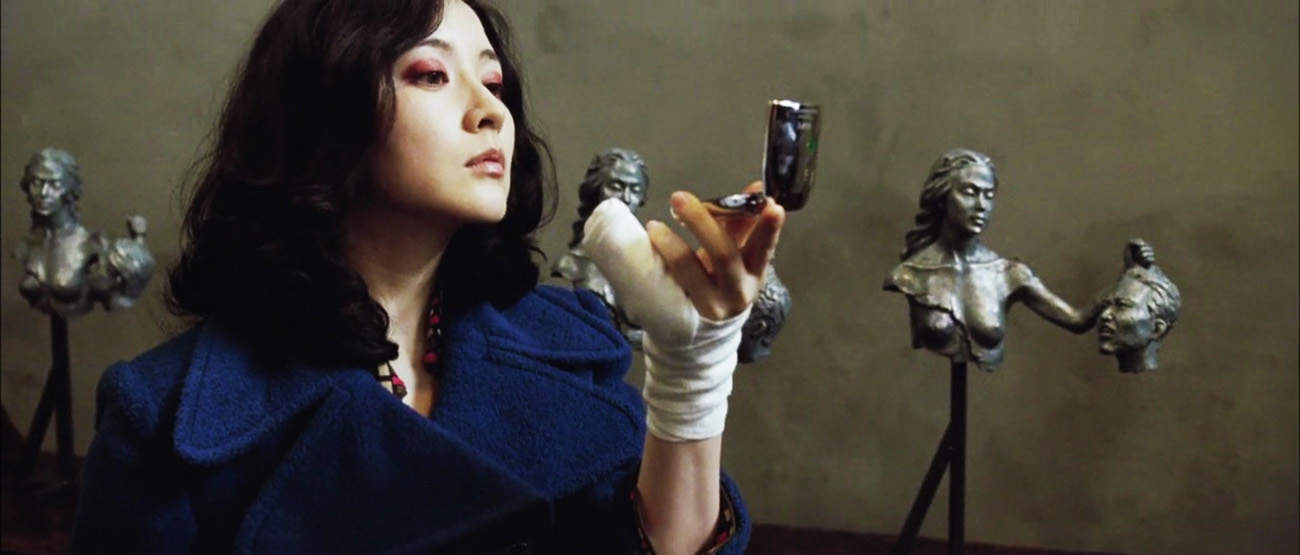
During her murder trial and her life before prison, much was made of how beautiful and innocent looking Geum-ja was. Geum-ja subsequently internalises this and understands that appearing virtuous and innocent would be the only way she would be able to get anything from people, even from her fellow women. This highlights the obsession with appearances that society has, especially Korean society. On a meta level, much was made in the Korean media of Lee Young-ae being cast in this film playing a dark and violent character. She had only ever played demure roles in Korean dramas and was more known as a beauty rather than as a serious actress. Geum-ja, and her actress Lee Young-ae, therefore consciously embrace as well as rebel against their traditionally expected female images in society.
What further sets apart the women of Sympathy for Lady Vengeance from most stories are that all the women are from the working classes. In recent years, there has been a rise of stories of complicated, destructive women, what with Gone Girl and even with Park’s later work Stoker, but those have usually focused on privileged white females. With Lady Vengeance, there is an added class commentary to the gender discussion, and in a way it set a precedent for other female revenge stories and even female prison stories that have followed, such as the television show Orange is the New Black.
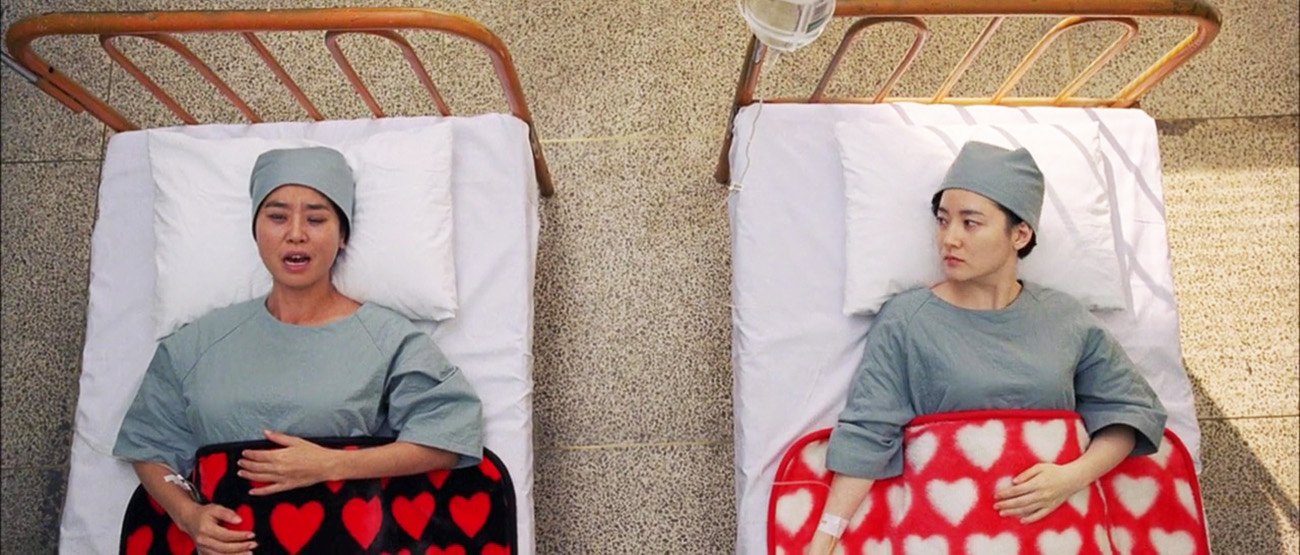
The women in Lady Vengeance are neither beautiful nor privileged and have done what they can to survive as marginalised citizens in society, with the help of each other. Geum-ja donates a kidney to So-young, a former bank robber whose husband later helps Geum-ja build the weapons she needs for her revenge. Geum-ja also helps Su-hee and Yi-jeong, who are antagonised by the prison bully, by slowly poisoning their bully to death. Although Geum-ja expects help in return, her help is crucial to the survival of her fellow inmates and also presents a sisterhood and female bonding that cinema sorely lacks.
In Lady Vengeance, Park Chan-wook uses a female ensemble to present female characters as they are rarely seen in the media: impoverished, ugly, angry, destructive. Their importance to the story lies in their relationship with the female protagonist Geum-ja, as opposed to the men in their lives. Geum-ja’s story itself allows the film to deconstruct expectations of women in society and subvert those expectations. These are women who are allowed to be dark and complicated characters of their own.
Thirst
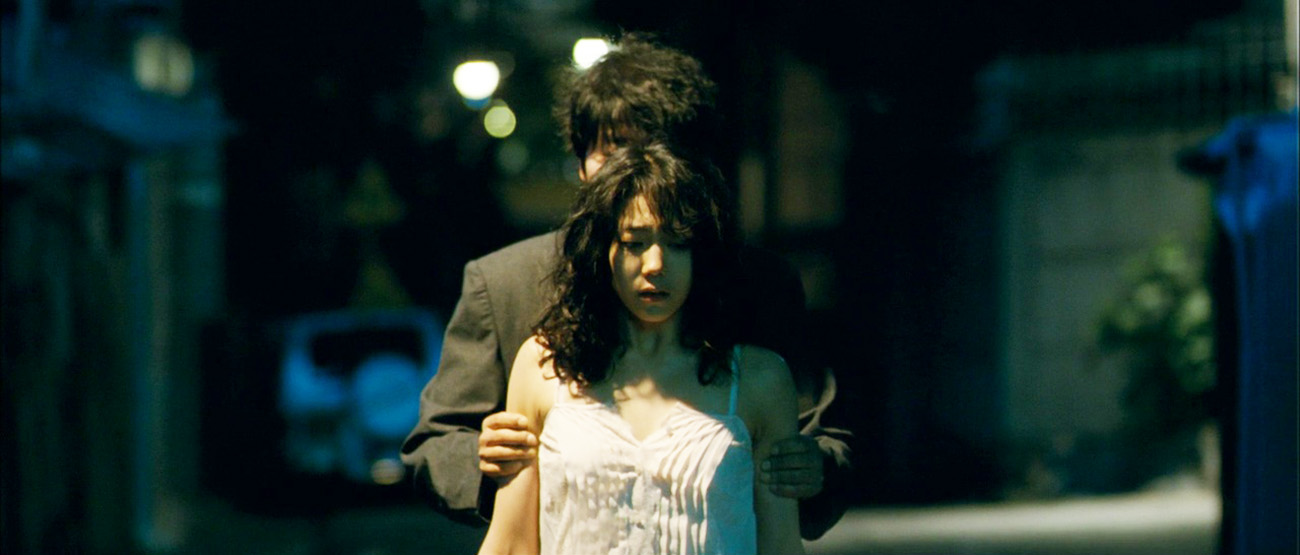
The vampire genre was at its saturation point at the time of Thirst‘s release in 2009 with Twilight and True Blood dominating the big and small screen. Thirst was loosely based on Emile Zola’s novel Thérèse Raquin. The film centers on a priest, Sang-hyeon (Song Kang-ho), who becomes a vampire after surviving a failed medical experiment, moves in with a childhood friend and subsequently begins an affair with said friend’s repressed wife, Tae-Ju (Kim Ok-bin), who fulfils the role of the Thérèse character from Zola’s novel.
Song Kang-ho is compelling in any role he’s in, none more so as the tortured priest Sang-hyeon who struggles with the physical and psychological transformation of becoming a vampire in a more authentic way than any other vampire story. But it is only when Tae-ju shifts to become something other than being an oppressed wife that the story climaxes.
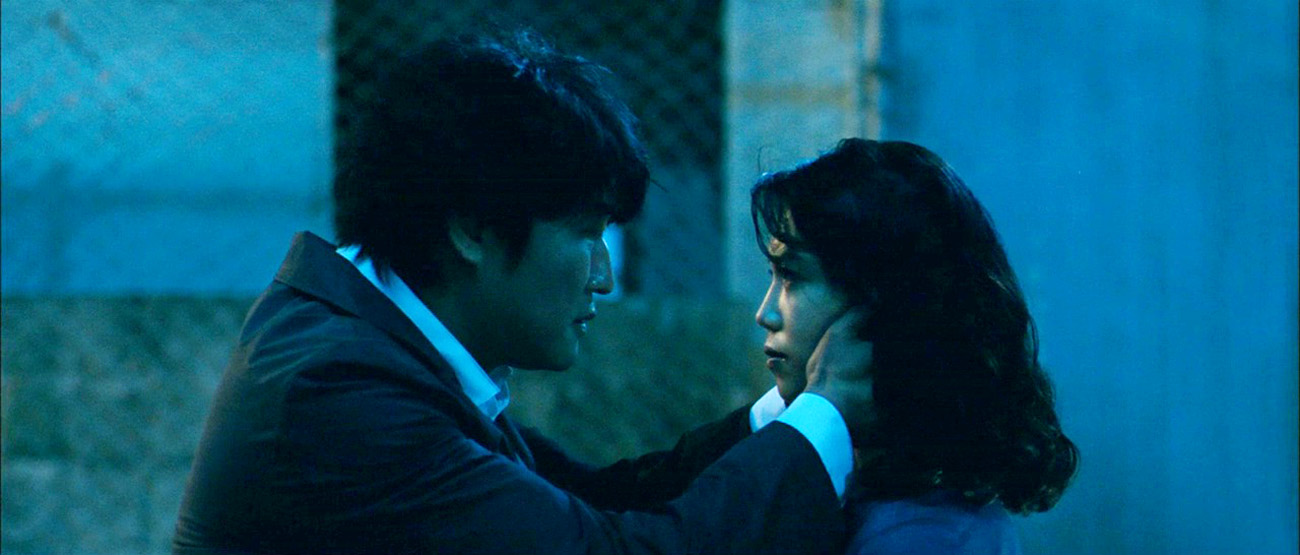
After all, this story is based off Thérèse Raquin, and it only makes sense that Tae-ju would become a force of her own in the story of Thirst. Initially, she is painted as a victim of the patriarchy which makes her subservient to her bratty and useless husband and imperious mother in law. This is what Tae-ju initially presents herself to be but we learn that even before she was transformed, there was more to her than that as she manipulates Sang-hyeon into killing her husband for her.
Vampirism and supernatural powers have often served as a form of empowerment for marginalised characters in horror films. Once turned, Tae-ju unleashes a fury of unchecked emotion and energy, still trying to free herself from the memory of her dead husband and Sang-hyeon, her lover and vampire sire. She kills mercilessly to feed her hunger. When Sang-hyeon tells her he can acquire blood for them through more discreet means, she mocks him: “If they just give it to you, what fun is that?” Tae-ju prefers to kill for the thrill of it. Her manic, out of control behaviour is a response to who she was before she was turned, and the tables are turned as Sang-hyeon takes the position of the passive, reacting individual in their relationship.
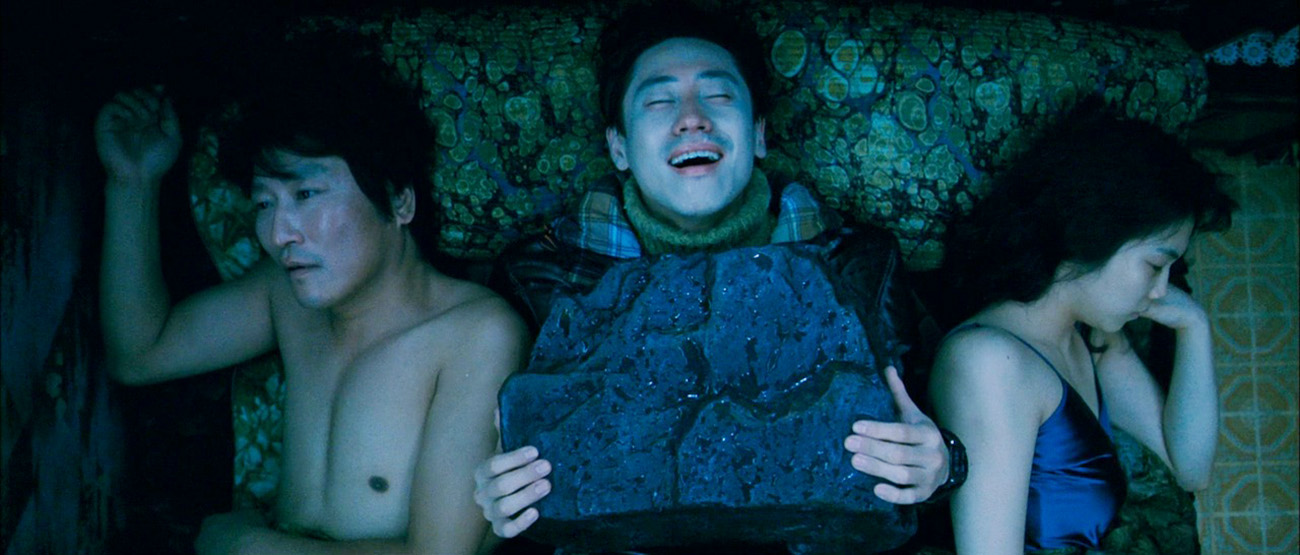
Although Tae-ju becomes a ruthless, unhinged killer, there is a dimension to her that the audience empathises with in her final moments where she and Sang-hyeon perish in the sunlight. Her need to kill is driven partly in that for the first time, she is more alive than she has ever been as she finally has control and some agency in her life.
The final act of the film therefore, feels tragic for Tae-ju, especially since it deviates from the double suicide of the source material. Watching Tae-ju fruitlessly try to fight to stay alive and eventually resign to her fate that in that even in death, her choices are taken away from her, is actually heartbreaking.
Stoker
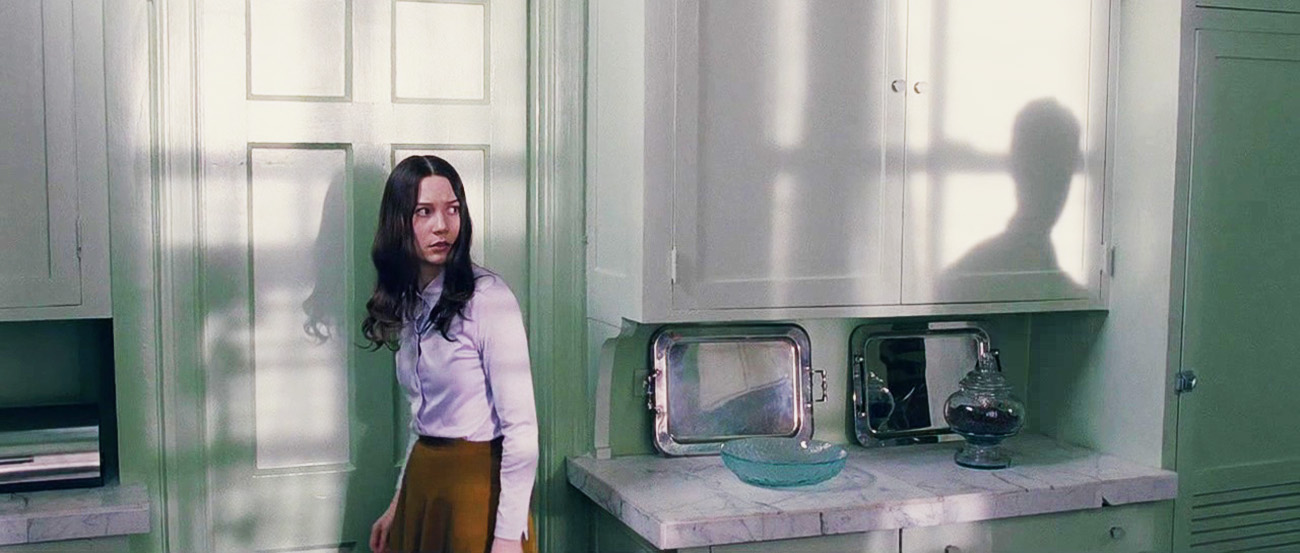
Though not written or adapted by Park, his English language American feature debut Stoker would continue the director’s run of great female characters. The script, heavily influenced by Alfred Hitchcock‘s Shadow of a Doubt, mightn’t have the same social commentary that director Park’s best films are known to have, but what Park does manage to achieve is turn what is perhaps an overly Hitchockian influenced story into a modern Southern Gothic fairytale and coming-of-age story with a riveting female protagonist in India Stoker (Mia Wasikowska).
For people who are familiar with Director Park’s filmography, the similarities between India and his other heroines are apparent. Geum-ja , Tae-ju and also in his latest heroines Lady Hideko and Sook-hee of The Handmaiden are all female characters who are full of repressed energy. The repressed quality of these characters, and the unbridled danger that explodes from them when they hit breaking point only seeks to serve the inherent danger of oppression and threats that women face every day. This happens to all the aforementioned characters, but most simply distilled in India, who is presented as inherently dangerous as opposed to being transformed by her experiences the way the other characters are.
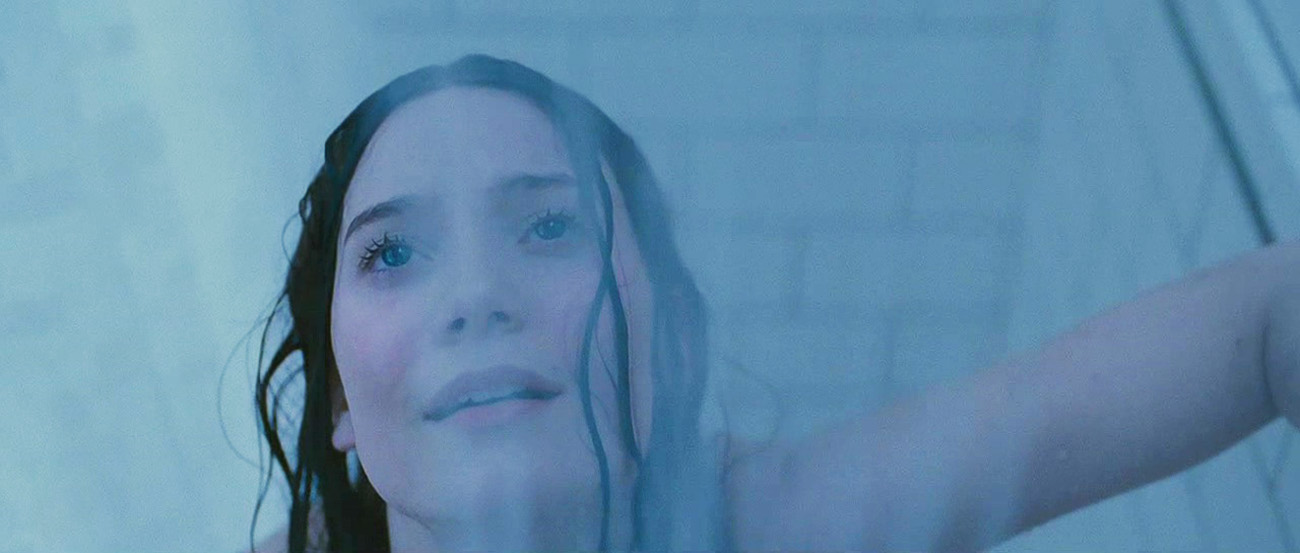
India is sexually harassed by a bully, Chris (Lucas Till) during art class and when walking home. Another classmate Whip (Alden Ehrenreich) tries to intervene, but India is capable of handling herself and stabs Chris with a pencil. But even India is unable to protect herself when she is caught off guard by Whip and he attempts to rape her after she bites him while they are kissing. Her Uncle Charlie (Matthew Goode) comes to her aid by breaking Whip’s neck.
The combination of these two acts leads to the full bloom of India’s murderous nature, culminating in a strange but extraordinary scene where India masturbates to the memory of Whip’s neck snapping. India’s coming-of-age and realisation over the extent of her predatory nature works in tandem with her own sexual self discovery and maturity. It is also important to note that India’s sexual awakening — for a teenage female character — does not come as a result of the usual cinematic trope of losing her virginity but rather, in masturbation. This feels true to the character: a predatory, sociopathic, narcissistic teenage girl.
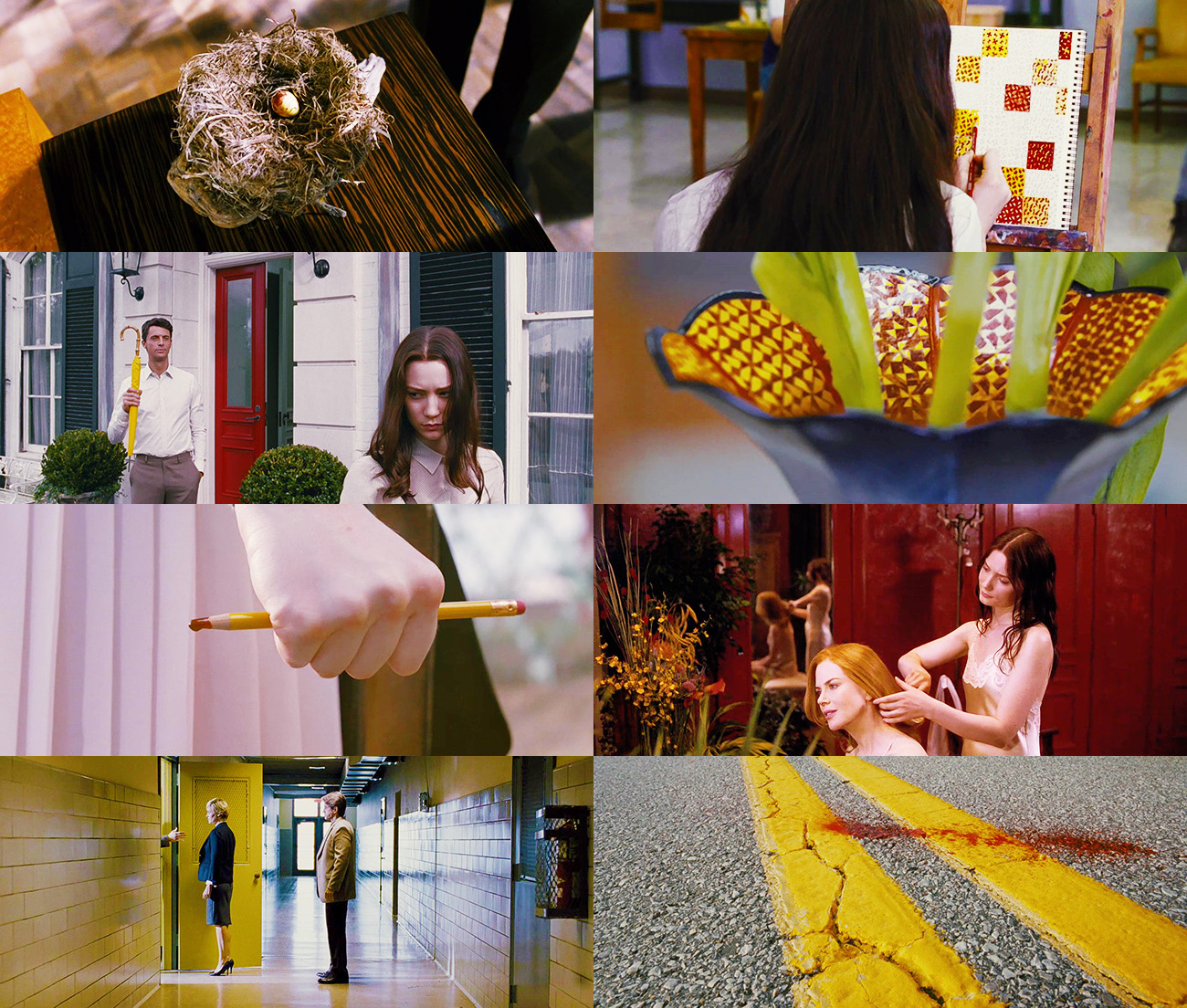
The duality of India’s coming-of-age is represented through the visual language of the film, from colour symbolism to costume. The colours red and yellow are repeated through the film as these colours represent both sides of India. The red symbolises her mother Evelyn’s influence (the red in her room, the colour of her hair and red being associated with femininity) and the yellow, her Uncle Charlie’s (the yellow ribbon he uses to tie his presents, his yellow umbrella and yellow representing mental illness).

The story also makes an overt reference to her maturity with the birthday gifts from Uncle Charlie. She is given a pair of saddle shoes for every year until she is 18, whereby Uncle Charlie gifts her a pair of crocodile skin high heels instead, representing the common association of coming-of-age with sexual maturity as well. In the final act of the film, India wears her mother’s blouse, her father’s belt and the heels from Uncle Charlie, becomes her own person and makes her own decisions.
India’s story therefore continues director Park’s examination of how identity is shaped through external influences, but also that individual choices are our own. With India, there is a very clear feminine influence in her story, from her mother, to her own control over her sexual awakening that sets this story apart from his male-centered films and other coming-of-age films, albeit in Director Park’s signature bloody style.
—–
In Park Chan-wook’s films post Lady Vengeance, the director has experienced a marked shift in focusing on the stories of women. They may be ultraviolent, dark and divisive films, but he has continued to create an ever growing ensemble of female characters, both in leading and supporting roles that are complex and interesting. With vulnerable or villainous characters like Evelyn in Stoker or Tae-ju in Thirst, director Park also shows that he does not need his female characters to be likeable, a trap many writers fall into when writing female characters who end up being reduced into moral compasses in their stories.
The women in Park’s films are not just girlfriends, mothers, wives, daughters and sisters, where their importance to the story is related to their relation to a male character. Instead, they are allowed to be their own person. Whether you love or hate him, there is no doubt that director Park has presented audiences with some of the most complex and fascinating female characters to grace cinema screens.
